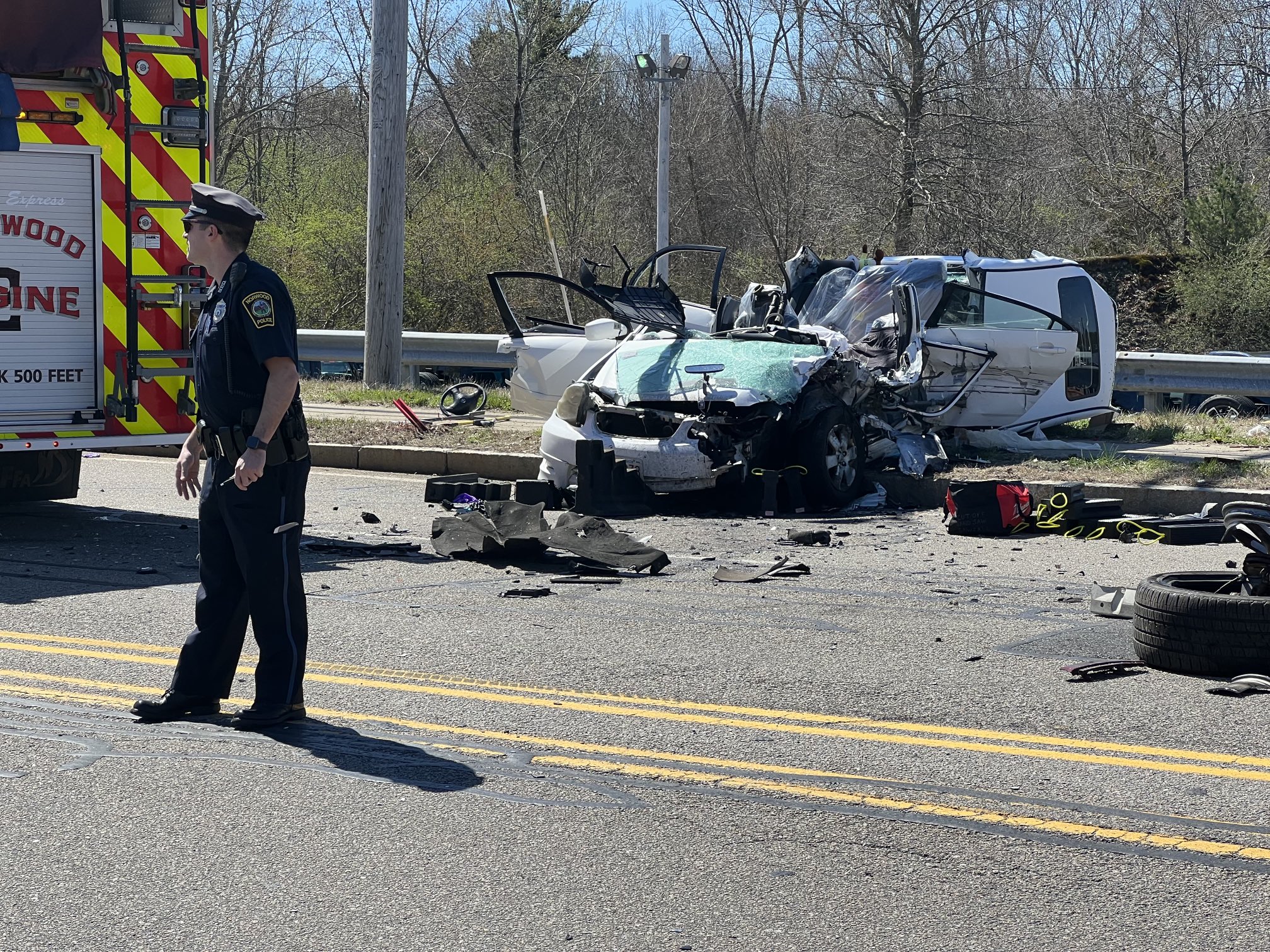The Sandy Hook Elementary School tragedy changed everything. The outcry from parents and politicians across Massachusetts was raw and insistent -- "keep our kids safe."
"It's the thing that keeps me up at night," West Brookfield Police Chief Tom O'Donnell said. "Even though it's probably never gonna happen, it's the one thing that keeps me up at night."
But two and a half years after Newtown, some first responders and educators say the state has woefully under-funded school security -- leaving teachers and children vulnerable.
"We haven't learned anything from it -- haven't changed anything fundamentally," Holliston Public School Superintendent Brad Jackson said.
Last year, then-Gov. Deval Patrick created the Massachusetts Task Force on School Safety and Security. It made 29 recommendations that the state and schools should adopt. But necn has learned state agencies haven't implemented any of the new recommendations and schools were left battling for cash to make their upgrades.
Because of security concerns, we are only identifying schools who have fixed or are fixing their problems.
"There's more security at banks and department stores than there are in some schools," Superintendent of Carver Public Schools Liz Sorelle said.
Local
In-depth news coverage of the Greater Boston Area.
The task force urged schools to:
*Train for active shooter scenarios
*Have "go-kits" with emergency supplies in every classroom
*Hire a school resource officer for every middle and high school
*Update their security systems inside and out
"To save one life, it's definitely worth it," said Tyler Pierce, a sophomore at Quaboag Regional Middle High School.
Superintendents asked for everything from panic buttons and bullet-proof glass to active shooter training and door alarms.
But the state only made $190,000 in grant money available — just $20,000 a piece for only 15 school districts. More than 100 applied.
"The pie itself was too small," said Jackson.
Jackson had wanted to buy 500 $40 door braces to keep out -- or at least slow down -- an intruder trying to get in.
"The one thing we know is that time equals lives," he said. "They're looking for easy, easy access."
Holliston's doors are the same kind found at Sandy Hook Elementary. They can only lock from the outside with a key.
At Sandy Hook, 14 of 15 first graders were shot and killed when their substitute teacher -- who didn't have the key -- couldn't lock the door. Jackson did not win the grant money.
"I was, frankly, quite shocked," he said.
But he's not alone. Dozens of superintendents laid bare their vulnerabilities in grant applications that necn reviewed. Vulnerabilities like:
*Security cameras so outdated, the manufacturer can't service them anymore.
*Senior citizen volunteers left to man vulnerable entrances
*PA systems that don't work inside classrooms -- forcing teachers to leave their doors open to hear emergency announcements.
*No speakers outside school to warn children of danger.
*Police and fire radios that don't work in large areas of the schools.
"It can happen and if we're not prepared for it and it does, what do we do then?" Carver Police Chief Marc Duphily said.
Mitchell Chester, the commissioner of Elementary and Secondary Education, said there is "No question we could use upgrading of many of our facilities including locks, including camera systems and so forth."
Chester insists Massachusetts schools are safe. He says the state leverages several federal grants to pay for table-top safety training and planning for schools and the Massachusetts Building Authority offers millions in annual grants for new school construction and renovations for older schools.
"I know that we can always do more," he said. "But we're far from a position where we're not spending enough."
State Rep Alice Peisch -- who was on the task force and chairs the legislature's joint committee on Education -- understands the schools frustration, but says it often falls to cities and towns because the state is already cash-strapped.
"We're dealing with a billion dollar budget deficit," she said. "And trying to add new things when you're in the middle of cutting is almost impossible".
Sorelle understands the challenge, but says security spending must increase. "If parents and students don't feel safe in the school, children can't learn," she said.
According to state data, more than 17-thousand kids were disciplined for violence-related incidents last year - everything from bomb threats to rape. But superintendents detailed other threats that happened last year in their schools -- parents embroiled in custody battles trying to take kids from class, hooded intruders sneaking into a school at night, a child rapist connected to students at Quaboag who had broken of his GPS monitor and was on the loose. Quaboag did win the grant and made the security upgrades to their schools.
"Anything can happen on an given day," Superintendent Brett Kustigian said.
Added Vice Principal Joseph Salvadore, "You don't know the state of minds of kids, adults, anyone anymore. This can happen anywhere."
No one knows that better than Michele Gay. Her daughter Josephine was one of the first graders killed at Sandy Hook in the classroom that only locked from the outside.
"I was that parent," Gay said. "I didn't check on that. I made the assumption that somebody was taking care of that."
Gay, who now lives in Massachusetts and founded the non-profit "Safe and Sound Schools," says parents can't rely on the state and need to treat security funding like any other project.
"Like we do when we want to fundraise to put in a new playground or when the teachers need a new laminating machine," she said.
In a time of deep budget cuts and teacher layoffs, Brad Jackson is less willing to let the state off the hook.
"I'm doing my job," he said. "It's time for them to do theirs."



